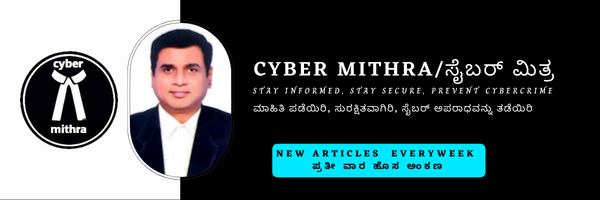Doxing Cybercrime : What you need to know
As you are aware, recently Hamas terrorist group attacked Israel with rockets and killed lots of innocent people including babies, children and women. Many condemned it, but America’s prestigious Harvard University’s 34 student groups put the blame entirely on Israel for this and did not condemn the Hamas terrorist acts. Lot of prominent company ceo’s issued a statement that they would not hire people belonging to these groups. A bill board truck and few websites revealed the full name, faces, what they are studying etc. of these people who are part of those groups who had issued such statements, resulting in safety, job and well being issues for those students. The act carried out is a type of doxxing cyber crime. Elon Musk and few other bollywood and hollywood celebrities current location was shared online regularly by doxxers.
Doxing or Doxxing is publishing someone’s data online without their consent or exposing someone’s anonymous real identity online. The data published may include personal and financially sensitive information apart from that it can include their current location and travel plans. It can be very dangerous as this is a serious violation of victim’s privacy and can be used for tracking or attacking the victim by her adversaries. Doxxers collect information about people scattered across the internet, then assemble those small pieces of information to reveal the real person behind an alias. Motive for such cybercrime may include jealousy, obsession, revenge, hatred or to humiliate and intimidate the victim or as simple as making profit by selling that data.
How to protect oneself from Doxing cybercrime :-
- Use VPN software, as it can help to hide your location from doxxers
- Keep your social media profile private or locked and do not accept stranger’s invite without verification.
- Accept multi-factor authentication in all your important and sensitive websites you access and store/share personal data.
- Remove your data from online and offline storage devices and websites, when you are no more using them. Online service like DeleteMe, PrivacyDuck, or Reputation Defender to do this for you.
- Be alert for phishing mails and messages sent by strangers to reveal your data.
- Create separate usernames, email address and profiles for personal and work related activities.
If you are a victim of doxing cybercrime :-
Immediately call 1930 cyber helpline or file a complaint at cybercrime.gov.in. Complain to the relevant authority or social media website about such fraudsters and the fraud. Block that user but do not delete any information, instead save them as they will be needed as evidence to prosecute the criminal. If you had installed any software or clicked a hyper link or scanned a QR code provided by fraudster, then uninstall that software, change the passwords/pins of all your important accounts like banking, email etc. Best is to factory reset or format your device as your antivirus may also sometimes fail to find the malware.
Remedies available to victim legally(India) :-
Lodge a complaint at nearby cyber or regular police station under :
- Section 354 A to D(online abuse or crimes against women in cyberspace), Section 378(Theft), Section 424(extract data illegally), Section 441(criminal trespass), Section 499(defamation), Section 500(punishment for slander), Section 503(Threats to harm a person’s reputation), Section 507(Criminal Intimidation), Section 509(Insult privacy and modesty) of Indian Penal Code(IPC)
- Section 43 (Penalty and compensation for damage to computer, computer system, etc.), section 66 (punishment for computer related offences – data theft, transmitting virus into a system, destroying data, hacking, or denying access to the computer or network to an authorized person), section 66C(penalties for identity theft and states that anyone who fraudulently or dishonestly uses a person’s identity information), Section 66D (punishment for fraud by impersonation using computer resources), Section 67(publish, transmit, or cause the distribution of obscene content), and Section 67A(publishing, transmission, or facilitating the transfer of sexually explicit content) of The Information Technology Act 2000/08
- Other than this relevant sections from The Immoral Traffic Prevention Act,1956 and Protect children from sexual abuse (POCSO) Act,2012

